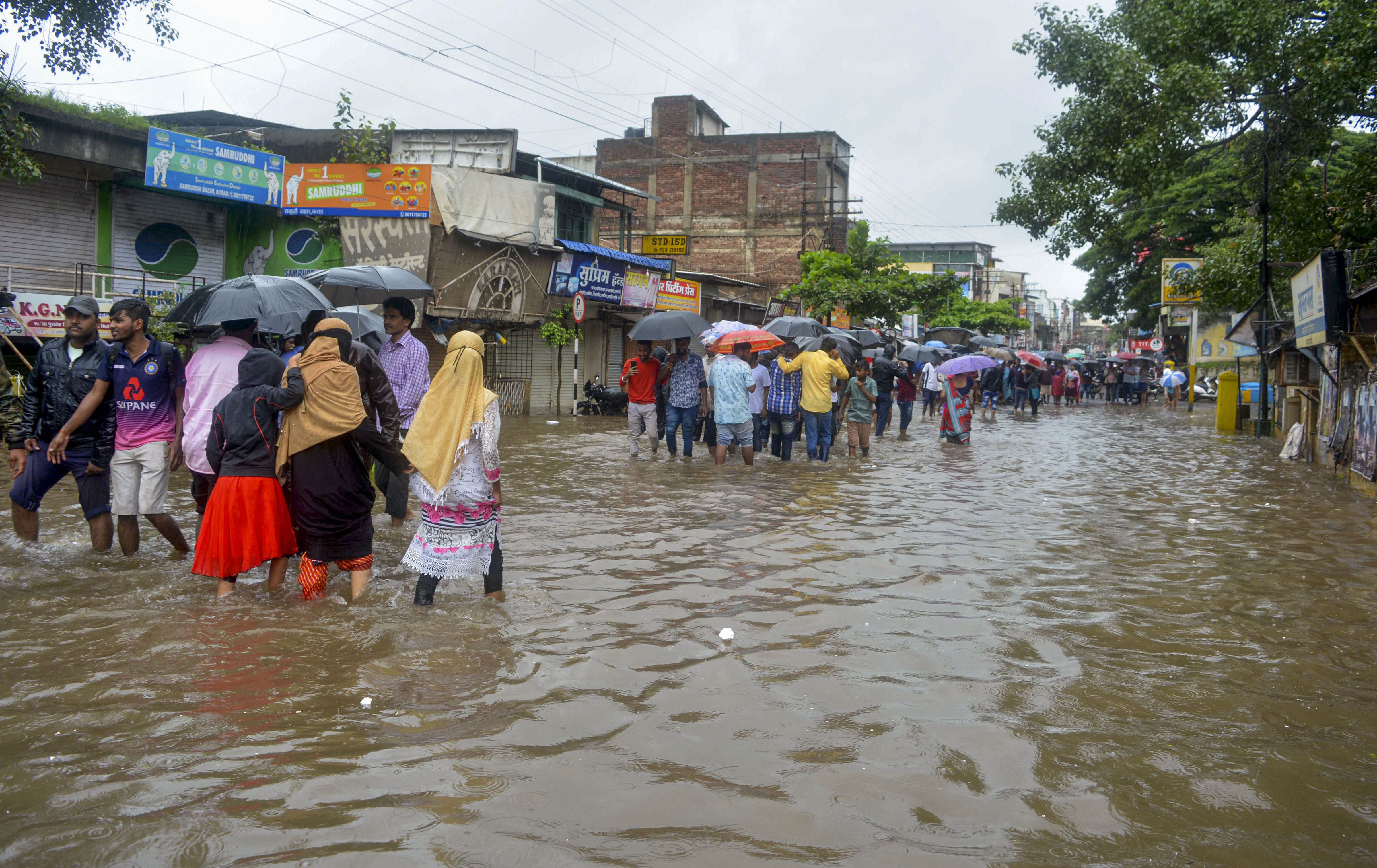
Why Sunny Day flooding wreaks havoc across the world

The National Oceanic and Atmospheric Administration (NOAA) has updated its most recent report to refine predictions about high-tide flooding. According to it, we can expect a dramatic increase in flooding that happens on days when there’s no storm to blame.
High-tide flooding, also known as “Sunny Day” or nuisance flooding, is becoming increasingly common because of rising sea levels. It happens in low-lying areas when tides reach 1.75 to 2 feet above the daily average high tide. This typically causes streets to flood or storm drains to overflow.
In a February 2022 report, NOAA predicted that the East Coast of the US, including Cape Cod and the Islands, would get 25 to 75 days of sunny day flooding by 2050. Earlier this month, NOAA updated this report with a more precise figure for 2050. It now expects 40 to 70 days of sunny day flooding in our area by mid-century.
Also read: Odisha floods leave villagers high & dry, govt slow to help
Higher inundation
The rise in sea levels will lead to higher inundation and coastal flooding across the US. An interagency report that includes NASA, NOAA and other federal agencies stated that by 2050, seas lapping against the US shore would be 10 to 12 inches (0.25 to 0.3 meters) higher, with parts of Louisiana and Texas projected to see waters a foot and a half (0.45 meters) higher.
The assessment found that the rise in ocean height in the next 30 years could equal the total rise seen over the past 100 years.
Nicole LeBoeuf, director of NOAA’s National Ocean Service, said, “Make no mistake: sea level rise is upon us.” The projected increase is especially alarming given that in the 20th century, seas along the Atlantic coast rose at the fastest clip in 2,000 years.
Report’s lead author, William Sweet, however, noted that the worst of the long-term sea-level rise from the melting of ice sheets in Antarctica and Greenland probably won’t kick in until after 2100.
Cities such as Miami Beach, Florida; Annapolis, Maryland; and Norfolk, Virginia, already get a few minor “nuisance” floods a year during high tides, but those will be replaced by several “moderate” floods a year by mid-century, ones that cause property damage, the researchers said.
Threat too in the Bay of Bengal
A team of researchers from the Department of Ocean Engineering & Naval Architecture, IIT Kharagpur under the Climate Change Programme (CCP) have predicted that regions in the Bay of Bengal, South China Sea, and South Indian Ocean could experience higher wave activity in the future.
Also watch: Pakistan floods: Over 30 million people affected; death toll crosses 1,000
With increased wave activity, the threat of inundation could affect the shoreline configuration, damage to infrastructure, saltwater intrusion into groundwater, crop destruction, and the human population with a range of socio-economic consequences.

